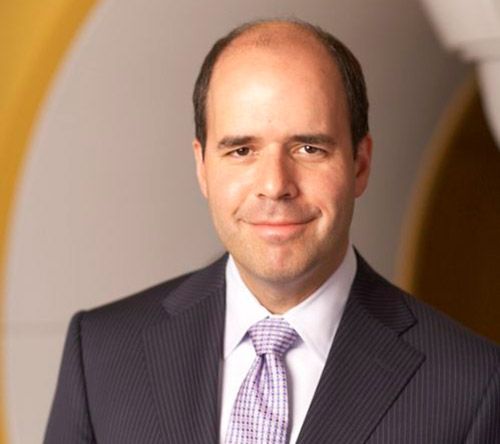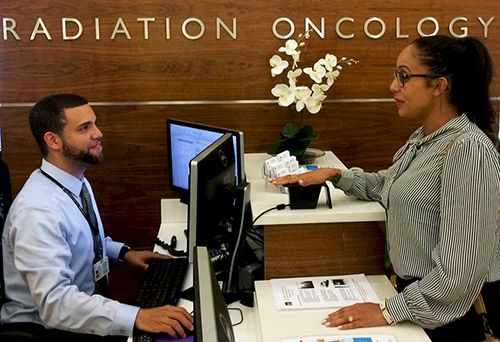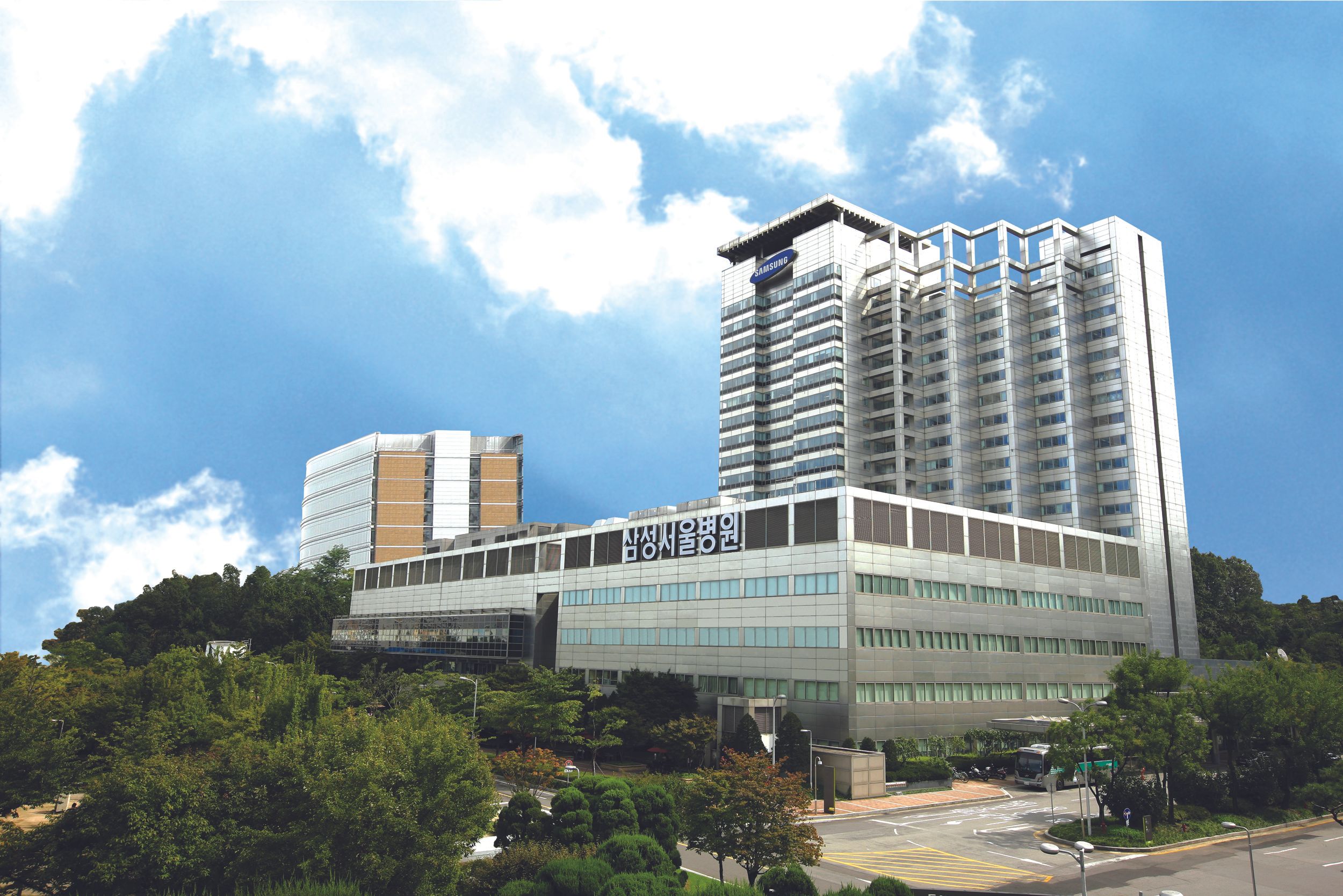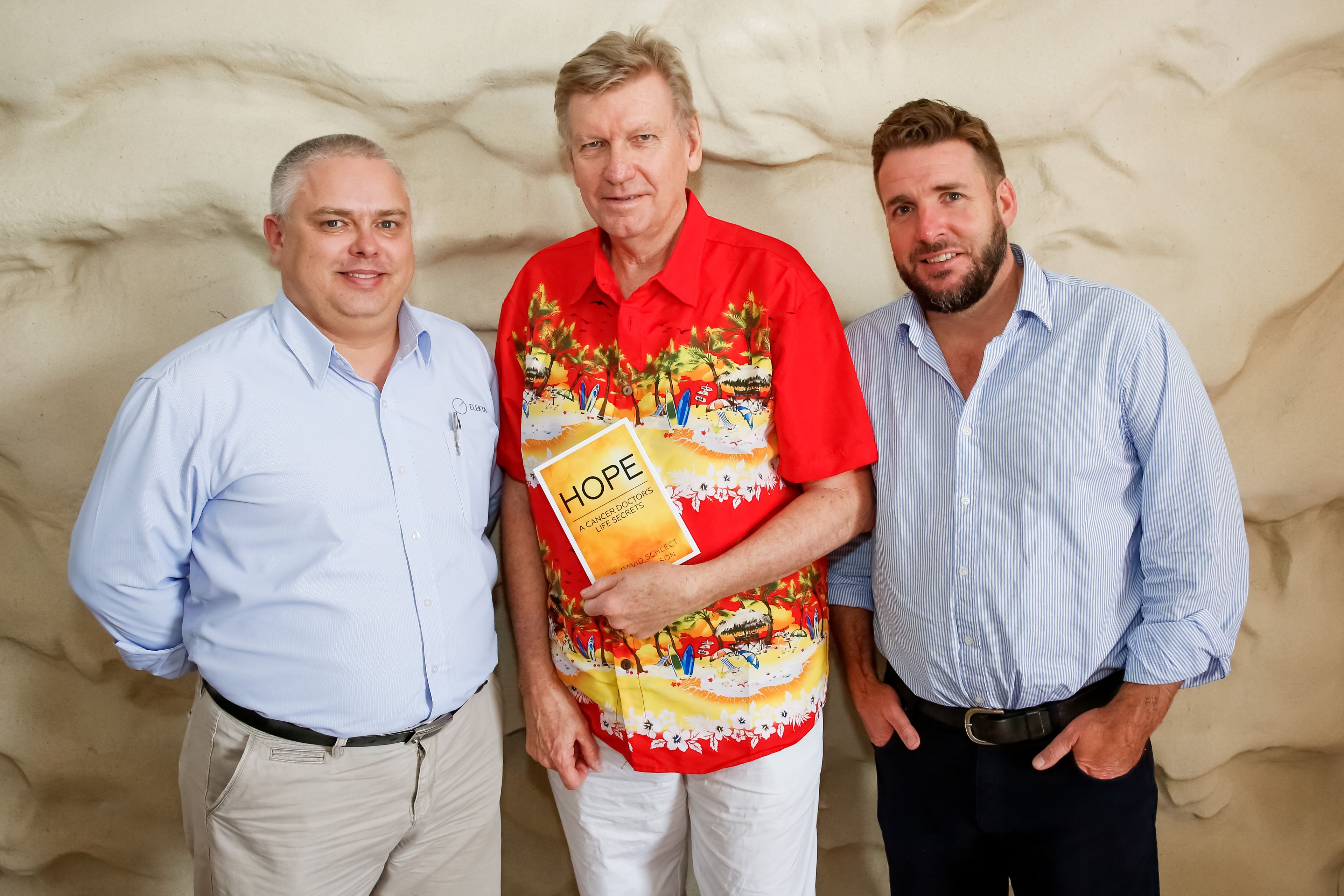Mount Sinai Health System thrives with MOSAIQ

Building bridges between MOSAIQ and Epic leads to more information; transforming patient care
When Mount Sinai Health System joined with two other centers it effectively doubled the number of radiation therapy treatments delivered to 44,000 per year. The newly consolidated radiation oncology service extended MOSAIQ® to its entire network of five cancer treatment centers in New York City. Their goals were to standardize treatment and improve efficiency across the system. The results were impressive right away. By implementing MOSAIQ, insurance authorizations became quicker and denials fell nearly to zero.

“We were getting patients into treatment faster,” says Kimberly Smith, MHA, Vice Chair of Radiation Oncology.
Patient wait times for treatment decreased and patient satisfaction jumped up six points. In fact, radiation oncology has become one of the highest-rated services at Mount Sinai for patient satisfaction. In addition, the revenue cycle became more manageable and cash flow improved. And with MOSAIQ, Mount Sinai became New York City’s first radiation oncology department to attest for Meaningful Use of an electronic medical record as required by the Centers for Medicare & Medicaid Services.
“As the department director, I have, at any given moment in real time, all the information I need to answer questions as they arise. Whether it’s business or clinical data, I have it at my fingertips, and it’s all in one system. Accurate and accessible data in real time is key to being successful and ensuring our department really shines.”
MOSAIQ meets Epic
When Mount Sinai Health System was formed, the Epic electronic medical record (EMR) was already in place. Consequently, the radiation oncology department had to make a solid clinical and business case for investing in an additional EMR. The department has unique needs that Epic, as a general-purpose health record, is not designed to meet. The department wanted automation to enforce standardized processes and workflows specific to radiation oncology, for the quality of care and safety of patients at all of its cancer centers.
“For this, an information system tailored to the radiation oncology service is essential,” says Kenneth Rosenzweig, MD, Professor and Chair of the Department of Radiation Oncology at the Icahn School of Medicine at Mount Sinai.

Through an exhaustive evaluation process, the radiation oncology team made its case for Elekta’s MOSAIQ.
“The Radiation Oncology service has always been different from the rest of the hospital for obvious reasons,” says Rosenzweig. “The rest of the hospital doesn’t need all the record-and-verify information that we do. What is important to everyone in the hospital, however, is timely, coordinated scheduling and transparent communication.
“For this, the open connectivity of MOSAIQ to Epic has been key,” he adds. “It’s by sharing information that we will improve patient care.
“By building bridges between MOSAIQ and Epic, we have been able to knock down barriers to information. With the new system, users can get a window into MOSAIQ and see the information in real time. I think we have achieved a very high level of integration here.”
Driving performance from dashboards
The radiation oncology department documents everything in MOSAIQ and uses an outbound interface to Epic to provide the half dozen documents that interest the rest of the hospital. In addition, clinical users view relevant MOSAIQ data in real time by means of interactive web-based dashboards. The dashboards pull data from MOSAIQ and display it graphically for quick insight. Alerts are generated and notifications sent by email without opening the EMR. One dashboard maps patients by their oncologist, type of disease and assigned treatment machine.
“Analyzing this information, we have been able to manage how we schedule patients based on disease or modality, which allows us to be more efficient with utilization of assets,” Smith explains.
A queue dashboard, which functions similarly to an airline flight board, shows nursing staff how long each patient has been “roomed in” and waiting for treatment or for the physician. When wait time reaches 15 minutes, patient status on the queue board turns from green to red and initiates action. As a result, adherence to the department standard for patient wait times is 100 percent, which ultimately enhances patient satisfaction. These are just two of the many custom dashboards Mount Sinai has created, using MOSAIQ data to ensure that care is delivered consistently, efficiently and safely.
Creating airtight processes with IQ Scripts
MOSAIQ also has enabled Mount Sinai to automate hundreds of tasks and protocols, creating repeatable workflows and patient care pathways that improve efficiency. For example, the rate of insurance denials was dramatically reduced, because automation ensured that all of the information required for authorization was obtained up front. As a result, Mount Sinai is able to meet its target of getting new patients into treatment within 48 hours. Timely scheduling, however, is not merely a matter of convenience.
“We know from clinical trials that delaying the start of treatment adversely affects patient outcomes,” says Rosenzweig. “Automating workflows in MOSAIQ is having an effect on patients’ quality of life and survival. MOSAIQ offers us powerful automation tools that directly help our patients.”
Mount Sinai Radiation Oncology has 264 MOSAIQ Quality Checklists (QCLs) and 749 IQ Scripts.
Commonly used IQ Scripts include:
- Create QCL by QCL procedure
- Create assessment by procedure
- Create document by observation value
- Create document by appointment activity
- Create document by code capture
IQ Scripts make it possible to create an entirely inclusive workflow, encompassing administration, billing, scheduling, treatment, interfaces to lab and pharmacy and follow up.
“By coupling QCLs with IQ Scripts, we have created airtight quality processes,” Smith observes. “Virtually nothing falls through the cracks.”
An IQ Script is a sequence of activities connected together and launched by a triggering event, such as creating an order or entering a change to patient data. Using IQ Scripts, Mount Sinai controls how MOSAIQ behaves, which data it collects, how it collects these data, and how work flows through the radiation oncology department and between radiation oncology and other hospital departments.
The Sim order process illustrates how Mount Sinai takes advantage of IQ Scripts. Before the adoption of MOSAIQ, the Sim order, a paper form, would be dropped into a physical inbox. From that point, it entered a “black hole.” No one knew where the order was in the process. The automated Sim order process, by contrast, is completely transparent. Three IQ scripts trigger different tasks simultaneously. The first generates a QCL for the physician to enter information. The second sends the message to the billing staff to secure insurance authorization. The third generates a compliance document for the attending physician to approve.
“Now everyone in the department knows where things stand. There are no obstacles to communication or to getting things done,” Smith says. “Everyone knows where to get the information they need, it’s accurate, and it’s in real time.”
Deserving patient trust

Mount Sinai was one of the first radiation oncology departments in North America to automate workflow with MOSAIQ IQ Scripts. Now they have become a power user. Workflow is more efficient, managers are more effective, and patient satisfaction is up.
“Processes that work seamlessly give patients confidence that the people they trust for care know what’s going on. We can’t guarantee that the treatment is going to work perfectly, but we can guarantee that we’ll uphold our end of the bargain, do it correctly and give them the best chance that they have,” concludes Rosenzweig. “That is why we use MOSAIQ.”
Disclaimer
This article is based on the experience and application of medical experts, and is intended as an illustration of an innovative use of Elekta solutions. It is not intended to promote or exclude any particular treatment approach to the management of a condition. Any such approach should be determined by a qualified medical practitioner.




